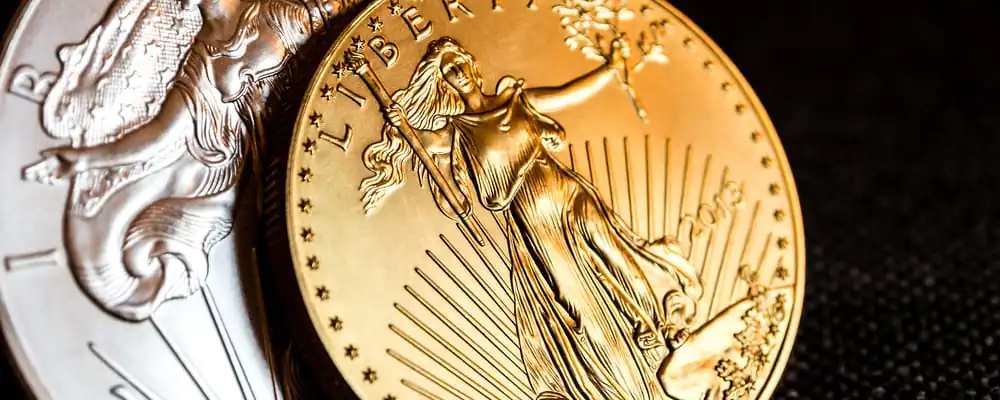The gold price seesaws around the 1,700 mark ahead of a critical speech by Fed Chairman Jerome Powell as the speculation around negative interest rates increase. Gold price consolidates around the $1,700 mark the last three trading sessions.
Many countries around the globe such as Sweden, Denmark, Switzerland, and Japan but also the ECB, have implemented negative interest rates. Fed has also asked the banks to prepare for the possibility of a negative interest rate policy.
What Negative Interest Rates Mean
In negative interest rates environment the depositor pays the bank a small fee, to save their money. The local banks also hold their excess cash at central banks (FED, ECB BOJ, etc.). Under normal economic conditions the banks receive a small rate of interest in return.
With negative interest rates the central banks charge a small fee, so banks will be discouraged from saving to central banks and begin to lend more to consumers and companies, boosting economic growth throughout the economy.
Download our Q2 Market Global Market Outlook
The impact of Negative Rates To Gold Price
Setting interest rates below zero would, in theory support consumer spending and business investment by making it easy to get a bank loan. But countries with negative rates such as Japan and Europe have had mixed results until now.
In general the negative interest rates situation is gold positive. As gold doesn’t offer a yield, it tends to perform well when the interest rates are close to zero or even better when the rates are negative. Negative interest rates implies that even the bonds could bring negative yields. This could also be beneficial for gold prices.
On the other hand an increase in interest rates is gold negative, as gold doesn’t pay any dividend or interest, so holding gold is less attractive.
What Drives Gold Price
The price of gold depends on many different factors. Like most basic commodities, the primary factor that affects gold price in the long run is supply and demand. Demand is the more influential component of the equation. The gold supply changes slowly, since needed many years to discover a new gold deposit. Higher interest rates mostly are bullish for gold prices, simply because they are bearish for bonds.
The U.S. dollar value is another important factor for gold prices because the precious metal is U.S. dollar-denominated. When the USD falls, consumers can buy more gold with the same amount of dollars, which results in increased demand.
The economic environment and uncertainty also weigh on gold prices. Investors buy gold as safe-haven when there is a major economic or geopolitical crisis.
Recent years the inflows and outflows on gold ETF’s also plays an important role in determining the price of gold.
Do you want to learn more about trading? I recommend our premium course
Don’t miss a beat! Follow us on Telegram and Twitter.
More content
- Download our latest quarterly market outlook for our longer-term trade ideas.
- Follow Nikolas on Twitter.
- Do you enjoy reading our updates? Become a member today and access all restricted content. It is free to join.

